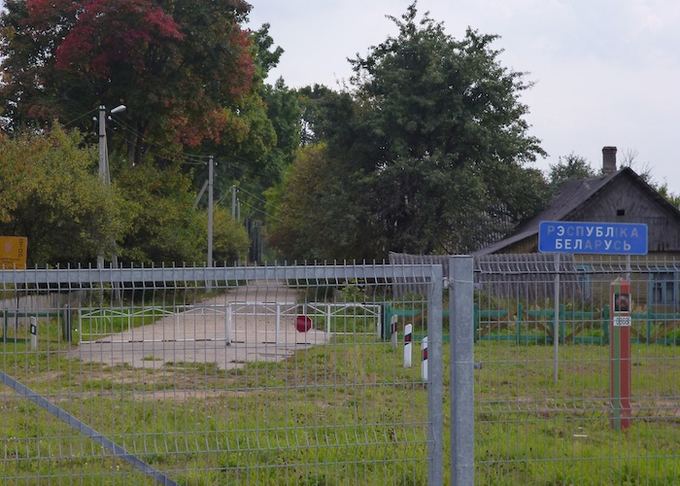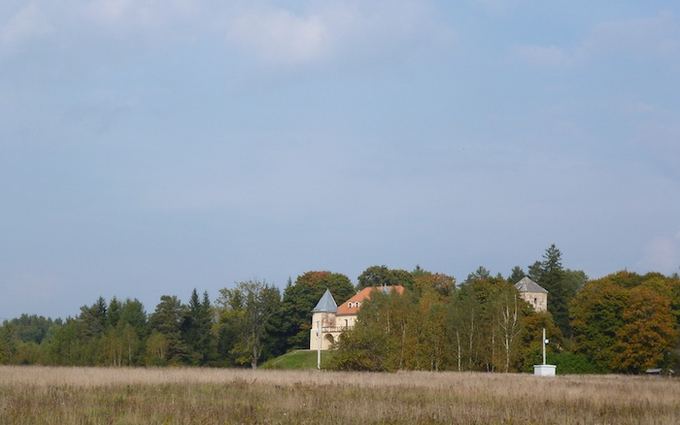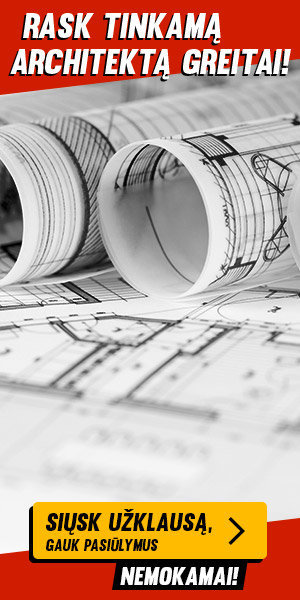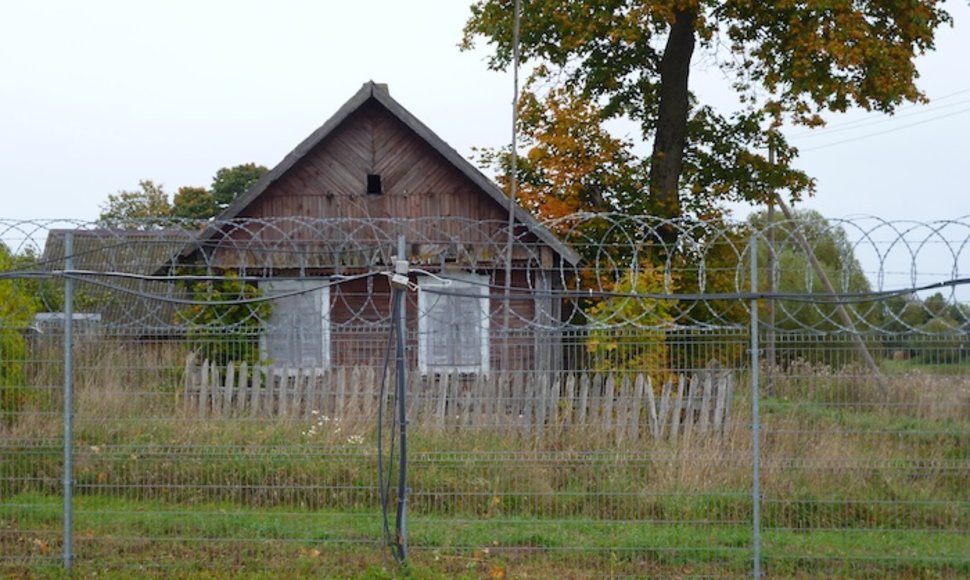And hers is not the only case of lives divided by the Lithuanian-Belarusian border.
Shouting to one's aunt
Only several decades ago, Lithuania and Belarus were part of one state, the Soviet Union. The only border that ran between two neighbours was only a line on the map. And now a physical fence stands where there used to be none – a peculiar symbol of the iron curtain that emerged after the fall of communism. While Lithuania moved to become EU, NATO, and Schengen Area member, Belarus fell under the autocratic regime of Alexander Lukashenko.
A metal fence crowned with barbed wire separates the two countries and also divides one village. Its Lithuanian side, famous for its 16-century castle and Be2Gether music festival, is called Norviliškės, while the Belarusian half goes by the name of Piackuny. Some people were cut off from their relatives, neighbours, their church and family graves.
“My aunt lives across the border. We can talk to one another over the fence. Neither Belarusians nor Lithuanians forbid us to do that. I only need my neighbour's help to arrange a meeting,” says Stanislaw Alencenowicz, whose house – the last one still on the Lithuanian soil – stands just one potato field away from the state border. The man was working in his field when 15min paid him a visit.
Even though the two halves of the village lay merely dozen steps apart, the fence seems to divide two different worlds. To the north-west of Mr Alencenowicz's field, one can see the white walls of Norviliškės Castle. To the east – neglected houses lining behind the double fence.
Before, Lithuanian-born Alencenowicz used to receive his relatives from Belarus rather often as well as go and visit them. Now, in order to pay a visit to his aunt who lives just a stone-throw away, he needs to travel 40 kilometres to Šalčininkai, where the Belarusian Arts Centre can issue a visa, and then to the border checkpoint.
Not far from his house, on the Lithuanian side, there stands a green metal container which is completely empty. Belarusian officers patrolling behind the fence are nowhere to be seen. But the stillness can be deceptive. One must not throw things over the fence nor try to climb it. As soon as we approach the fence, an unmarked dark green van slowly drives by, halts for a few minutes, and then just as silently goes away.
The view is similar in another divided village just outside Šalčininkai – Sakalinė. Its Belarusian half is called Kulkishki. Brightly-coloured houses and neat flower beds underneath well-kept apple trees extend on the Lithuanian side. And across the fence – grey houses crumbling from neglect. In this village, however, a terrain vehicle and a border guard patrols near a similar green container. He says he must be watchful, as packets of cigarettes start flying over the fence the minute guards are away.
As I approach the fence in order to take a better shot of Belarus, the border guard shouts: “Don't go there!” I jump back and then listen to the explanation: the several-metre-wide belt along the fence is meant to “register” all trespassers – their footsteps are clearly visible on the harrowed earth.
 |
| Eglės Digrytės nuotr./Lietuvos-Baltarusijos pasienis |
Torture, not life
Ms Gordiewicz lives in Norviliškės, a little further from the fence. The fence cut her off from her husband and two sisters. One of them lives in the same village, Piackuny, only half a kilometre away. The two women do not talk to each other even over the fence: “No no, why do I need to break the law?”
The woman got married before the Soviet collapse. At first, she lived in Lithuania, but then her husband got a job in the neighbouring state and later a Belarusian passport, so he stayed on the other side of the border, in Ashmyany. Ms Gordiewicz does not go to visit her relatives. A trip to Šalčininkai and a visa alone cost over 600 litas (174 euros) – she does not have that much money.
I ask her: When was the last time she saw her husband? She starts counting in her head. Several years ago, but she cannot say for sure.
“I would divorce him, but it is too expensive as well,” she laughs. “And I won't go anywhere – I wont betray my homeland, I am used to living here.” Barak, her dog, keeps her company. Previous four-pawed companions carried equally sonorous names: Chernomyrdin, Landsbergis.
She reacts to many of my questions with laughter, but her replies give away a certain grudge – over the divided life (“We live on – it is torture, not life. Like in a zoo”) or financial strains.
Ms Gordiewicz is not a pensioner yet, nor does she receive any state support. Ownership of quite a lot of land disqualifies her from receiving social benefits. Her only income is about 1,000 litas (300 euros) in EU payments that she spends on her land – she needs to hire a tractor, a harvester, buy fuel. Her brother helps her get by.
“I'd rather they gave me money to grow pigs and not to erect fences,” she gestures towards a barn where she keeps a couple of pigs and invites me to taste her home-grown apples. “Два яблока на ужин и лекарь не нужен (Two apples a day keep doctors away).” The woman also keeps several cows – but one cannot live on meat, milk, and cheese alone.
As we speak, a bus drives by, towards the Norviliškės Castle. According to Ms Gordowicz, tourists keep coming on weekends. “Look at those fancy cars! And they say that we are poor. Where do they come from? From Belarus,” the woman is certain that the cars are bought with money from cheaper cigarettes and gasoline.
The legend of Stalin's pipe
“This is where Europe starts,” Česlava Marcinkevič, elder of Dieveniškės, a town one-odd hour drive from Vilnius, says proudly. “And ends, since we are surrounded by a metal fence that divides countries and families. People cannot go and visit one another. There are ways, but they are costly and complicated.”
Dieveniškės is sort of a 207-square-kilometre Lithuanian peninsula surrounded by and intruding some 30 kilometres into the Belarusian territory. At its neck, the “Lithuanian appendix” is barely 3 kilometres wide.
In 1939, when officials in Kremlin were drawing borders around the Vilnius region that was to be returned to Lithuania, Stalin's pipe was lain on the map. Everyone was to scared to move it away, so they simply drew the line around the pipe. This is a legend that local residents love telling visitors.
The true story is less intriguing. Over the course of just under a century, state borders have been redrawn at least five times in this region. Elderly inhabitants sometimes joke that, without moving a mile, they have spent periods of their lives living in three different countries: Poland, the USSR, and Lithuania or Belarus – depending on which end of the village their house stands on.
Between the two world wars, Vilnius region was part of Poland, until it was occupied by the Red Army in 1939. However, a new border was not drawn until 1940, when Lithuania was already annexed by the USSR.
Before that, the Lithuanian-Soviet border ran along Šalčininkėliai, leaving many Lithuanian-populated lands (Šalčininkai, Dieveniškės, Gervėčiai) in the territory of Soviet Belarus. Lithuanians who lived in this ethnically mixed region strictly demanded to be returned back. And so they were – on the occasion of Lithuania “joining” the USSR. Belarus “voluntarily” offered to hand over almost 3 thousand square kilometres of territory with 80 thousand people.
During the German occupation (1942-1944), some more territory from present-day Belarus was added to Lithuania – including Ashmyany.
After the war, Lithuanian SSR and Belarusian SSR once again pushed the border back and forth. According to Zenonas Kumetaitis, deputy director of the Eastern Neighbourhood Policy Department at the Lithuanian Foreign Ministry, borders between Soviet republics were of lesser importance back then – since one could move freely across them and all land was publicly owned anyway – than borders between kolkhoz farms. Therefore borders could be altered by mutual agreement of neighbouring kolkhoz chairmen.
And this is how a Lithuanian enclave surrounded by Belarusian territory – and called Pagiriai (Pogiry) in military maps – came to existence in 1956. It belonged to a kolkhoz and later to an agricultural company. In the early 1990s, the 169-hectare “island” just one kilometre from the Lithuanian border contained only one decrepit house occupied by an old Russian woman and her two sons. Belarusians agreed to give the woman a plot of land right at the border, instead of marking out a narrow corridor connecting her house to Lithuania. The settlers were also giving Lithuanian passports.
After the collapse of the Soviet Union, Belarus was the first neighbour to open negotiations on settling the state border. A bilateral treaty came into effect in April 1996. Mr Kumetaitis, asked why Lithuania did not seek to annex Gervėčiai, Pelesa, and other Lithuanian lands, quotes the 11 March Independence Act. It declares the inviolability of borders as they were settled in 1975 Helsinki Final Act.
Under the Soviet Union, one of the tender questions was which side could claim Maladzyechna railway station. Between 1992 and 1994, the most heated debate centred around Adutiškis some 70 kilometres to the north-east of Maladzyechna – this was how much the Lithuanian border had moved.
The state border around Dieveniškės “appendix” runs for 110 kilometres. The area is surrounded by Belarus from three sides, even though 80 percent of the one-thousand-strong population are ethnic Poles. In the late 19th century, three out of four inhabitants were Jewish; during World War Two, a third considered themselves Polish and one fifth – Belarusian. According to 1989 census, a little over 60 percent of people there said they were Polish.
Paris more accessible
When both Lithuania and Belarus declared independence from the Soviet Union, the formerly internal administrative line became an international border, yet the possibility to visit neighbours without much restriction remained. Belarusians could still come to a church in Lithuania, visit their deceased relatives in local cemeteries.
But when Lithuania joined the European Union in 2004, the 677-kilometre stretch became part of the external EU and later Schengen Area border, obliging both states to step up smuggling and illegal migration control. Visas, which previously cost 5 euros, were now 60 euros.
In order to come to Lithuania, border-zone Belarusian inhabitants must first travel more than 100 kilometres to the nearest Lithuanian Consulate in Grodno, wait in a long queue, then return later to collect their visa, cross the border at a designated checkpoint, and return to their own village – only called Norviliškės on this side. In other words, visiting relatives just a hundred kilometres away is more troublesome than spending a weekend in Paris or London.
The church of Norviliškės stands on the Lithuanian side, while Belarusians can freely come here only three times a year – on Easter, Christmas, and All Saints' Day.
“People cannot get visas here, they need to go a long way for them, there are no simplified border crossing checkpoints,” Dieveniškės elder Marcinkevič says. “Vilnius is 70 kilometres away, while Ashmyany, Lida is very close. But you can't just go there. Maybe some people could find jobs in the city. They could at least give us 50 kilometres, we are not asking for entire Belarus.”
 |
| Eglės Digrytės nuotr./Lietuvos-Baltarusijos pasienis |
Visa-free travelling for borderland residents
Lithuanian and Belarusian governments signed a treaty on visa-free travelling for borderland residents two years ago. The Lithuanian Parliament ratified the treaty last June and sent a note to Minsk this spring, saying that the country is ready to implement the agreement. The government still awaits a similar note from Belarus, even though its President Alexander Lukashenko has already put his signature on the document. The simplified regime should start within a month after receiving the note.
The visa-free regime will apply to people who live within 50 kilometres on either side of the border. They will only need a 20-euro permission to cross the border and travel within the 50-kilometre borderland territory.
The zone includes Vilnius and Grodno. About 800 thousand Lithuanians live within the designated territory and 600 thousand Belarusians. The simplified permissions will entitle owners to spend up to 90 days per six months in the neighbouring country.
Schengen Area rules allow for such agreements with neighbouring countries. Belarus has signed analogous treaties with Poland and Latvia.






















